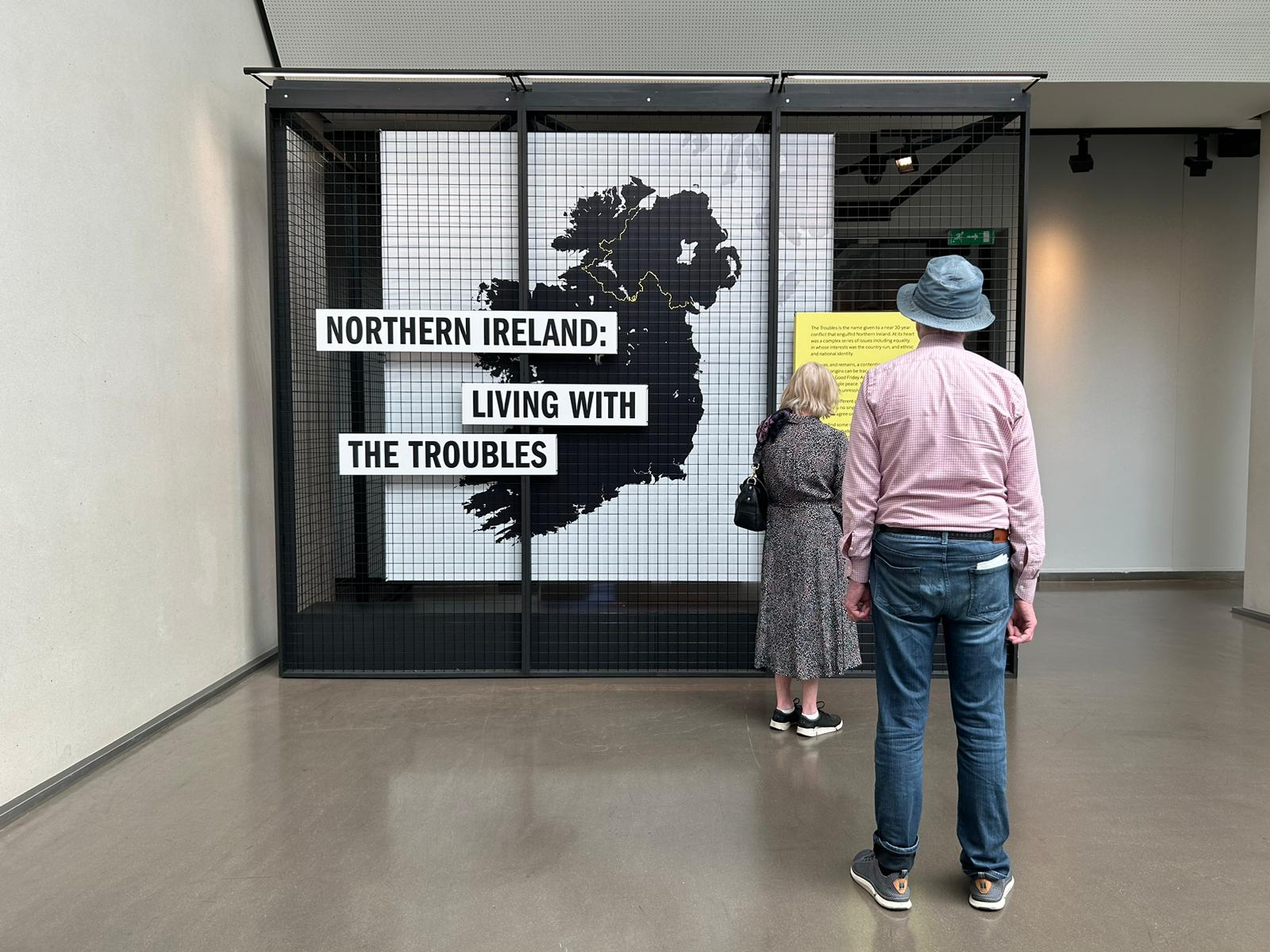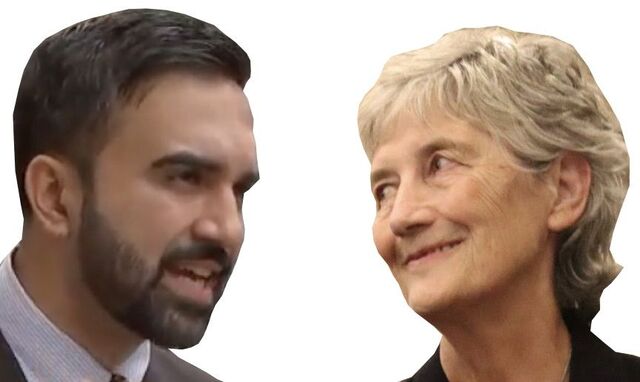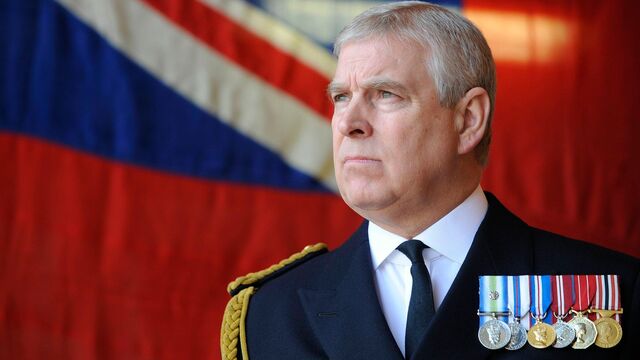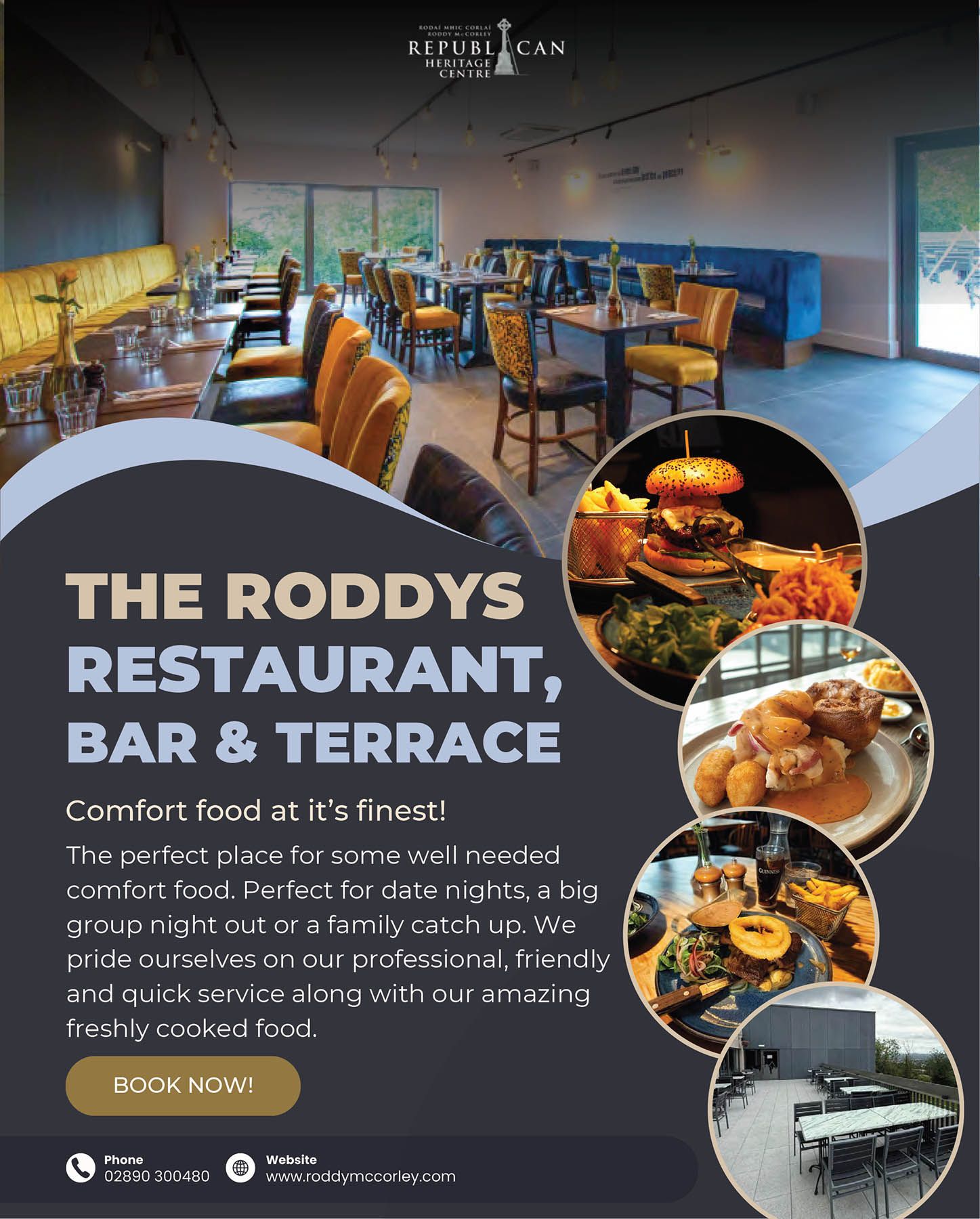I WAS in London last week and I remarked to a Yorkshire man I knew that I’d be interested in seeing an exhibition called ‘Northern Ireland: Living with the Troubles’ at the Imperial War Museum. He sardonically commented: “Remember you’ll be getting the British version of that time." But he didn’t need to say a word – I ‘d sort of factored that in already.
I hadn’t been to that particular museum before and as I approached the area in front, it seemed my Yorkshireman had got it right. There was a massive replica of a field gun, complete with deadly shells. Inside, hanging from the ceiling were about ten war planes. The gift shop was stuffed with tiny fighter plane models and war propaganda photos, banners and paraphernalia of all sorts. If I hadn’t known better I’d have thought violence was maybe being glorified.
But the exhibition contradicted my expectations, to a considerable extent. From the start, an exhibition screen reminded me that there were at least two sides to the story of the Troubles, and there was a need to respect the thinking of those who saw the conflict differently from me.
Northern Ireland: Living with the Troubles opens today at IWM London.
— Imperial War Museums (@I_W_M) May 26, 2023
This new exhibition invites visitors to further their understanding of the Troubles through the multiple perspectives of individuals affected by the conflict.
Learn more: https://t.co/kVmhdD3ScQ
IWM 9202-03 pic.twitter.com/7iOv5Ntd7b
There were recorded and print statements from former loyalist paramilitaries, from Malachi O’Doherty, as well as people like Danny Morrison. The account of the Battle at St Malachy’s Church in the Short Strand in 1970 was told by a loyalist, who said there was no battle, it was the IRA firing on unarmed loyalists. Jim Gibney begged to differ, in a recorded account which spoke of the Short Strand community under attack from loyalists while ‘security forces’ stood by.
Surprisingly also, those who mounted the exhibition believed in context, and so we saw how the conflict between England and Ireland was centuries old, in its early stages involving settlers from Scotland and England moving into Ulster, pushing the native people off their land and taking over. (Yes indeed, Virginia – today we see something similar in the Middle East, with Israel annexing more and more Palestinian land accompanied by bloody assaults as previous agreements are ripped up.
The London exhibition took viewers through the years of bloody conflict, detailing how the British government and loyalists saw republicans as intent on murder and mayhem, while republicans saw themselves as Irish people forced into a brutal war by the unjust state in which they lived and the RUC violence inflicted on civil rights marchers.
The exhibition showed how, in the end, peace had been achieved, through the Good Friday Agreement but with no real sign of reconciliation. Unionist fears of a reunited Ireland were given a voice, along with that of those who made clear that a new Ireland would not be a place of subjugation by republicans but a place where unionists were treated with the respect and dignity that any and all citizens deserved.
As I was leaving I passed a mother coming in with her young son. “Both sides” she was saying, “believed that they were in the right and the other side in the wrong.”
Very good (and balanced) exposition on The Troubles at the Imperial War Museum. It presents testimonies from both sides of the conflict, as well as the concerns for the future of Northern Ireland pic.twitter.com/vcuQw7Fnge
— Luis Monroy-Gómez-Franco (@MGF91) July 8, 2023
Not bad, I thought. Although the same could be said of any conflict – Israel probably believes it’s in the right when it kills Palestinians and smashes up their homes. Come to that, Hitler probably thought the Holocaust was the right thing to do. So accepting difference doesn’t really bring us very far. No matter how passionately someone believes something, that doesn’t mean they may inflict their views on others, much less go back on an agreement (or yes, Virginia, an Agreement).
Which brings me to the flaw in the Troubles exhibition: That the GFA allowed for a border poll if the British Secretary of State decided it might be won by nationalists – that kind of got air-brushed out, along with the dramatic demographic shift that’s occurred since the GFA was signed and the emergence of Sinn Féin as the biggest party in both parts of Ireland. And of course, the titling of the exhibition as “Northern Ireland: Living with the Troubles” neatly assumed that the other 26 counties of Ireland weren’t really a factor in the whole affair.
So two and a bit cheers for the Imperial British War Museum. You did present a contentious matter to the British public in a way that was largely true and coherent. But why look back at all if you can’t show how people can create something better, map out a new future, built on democracy and respect.






